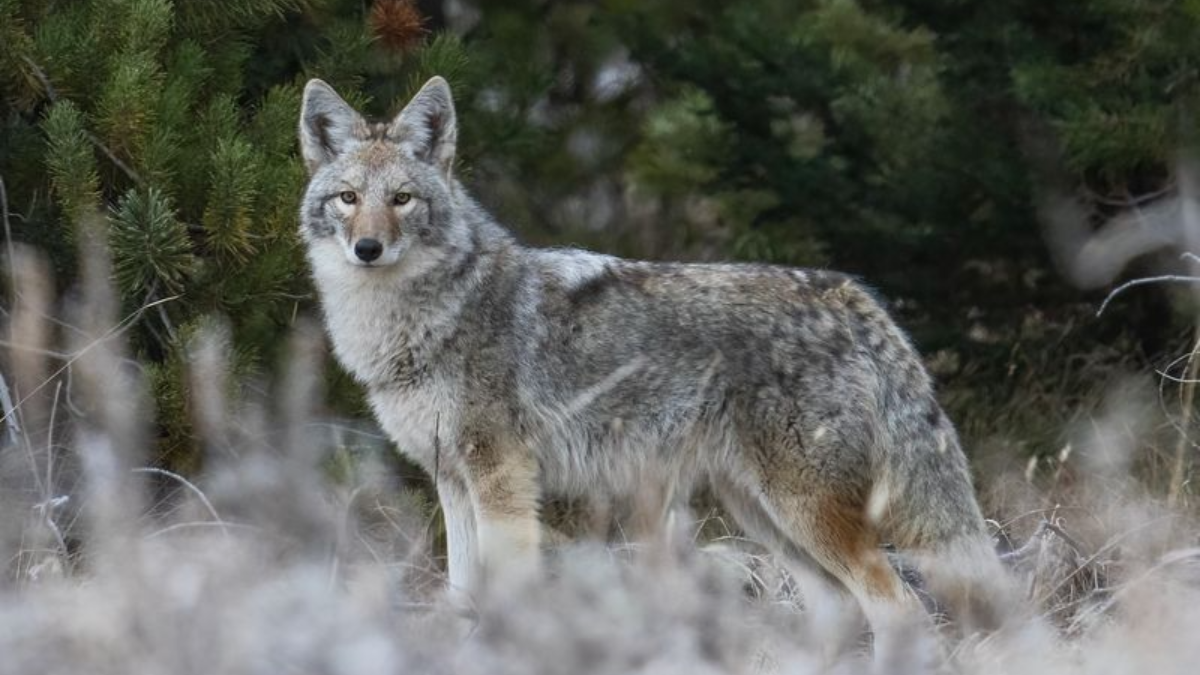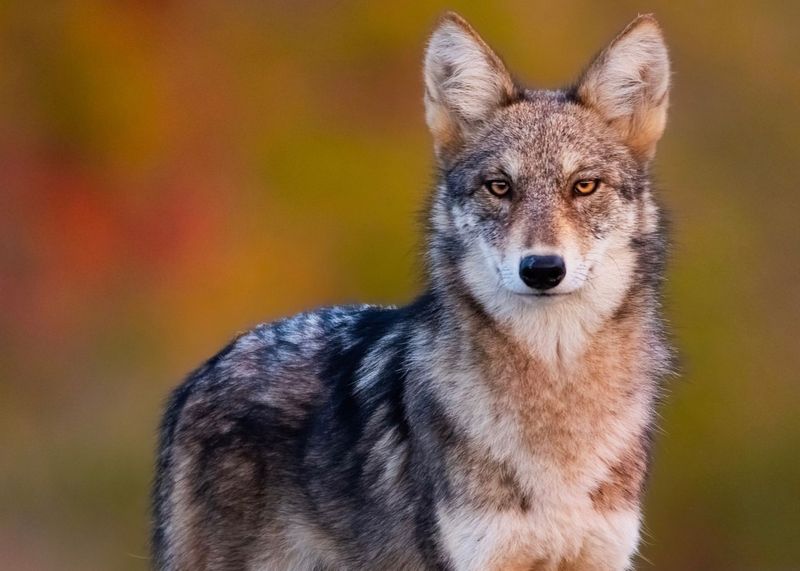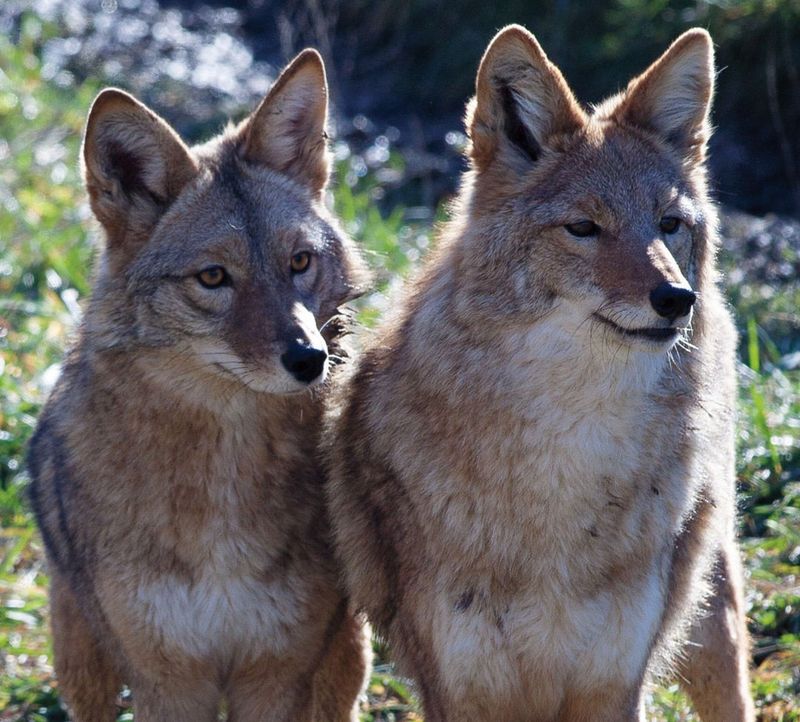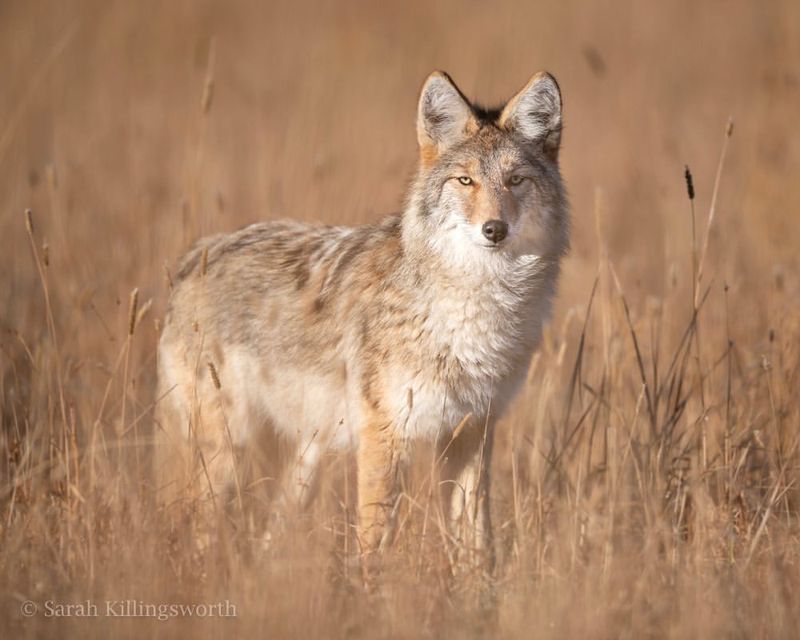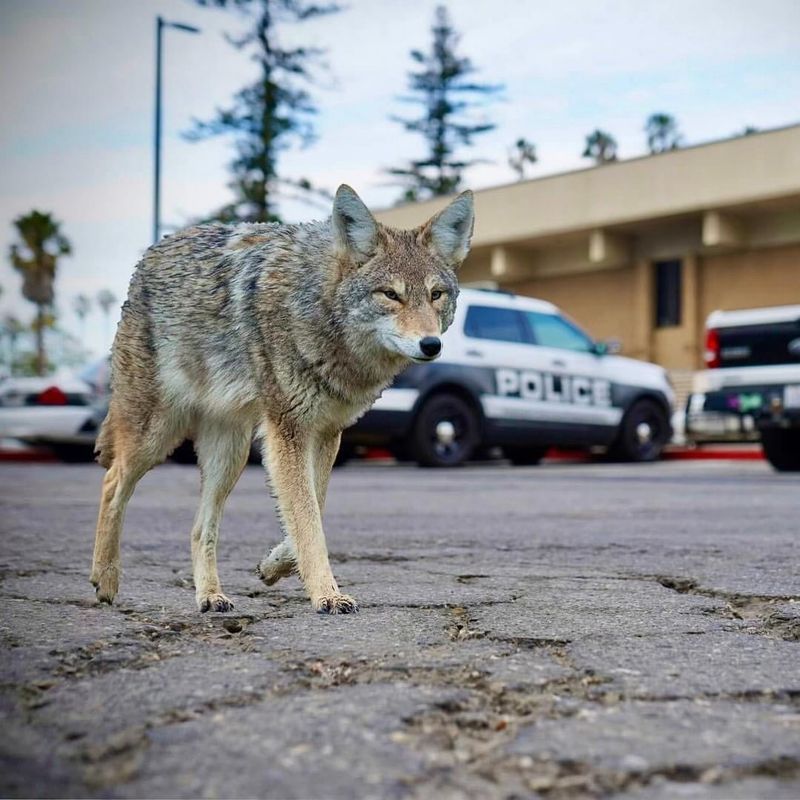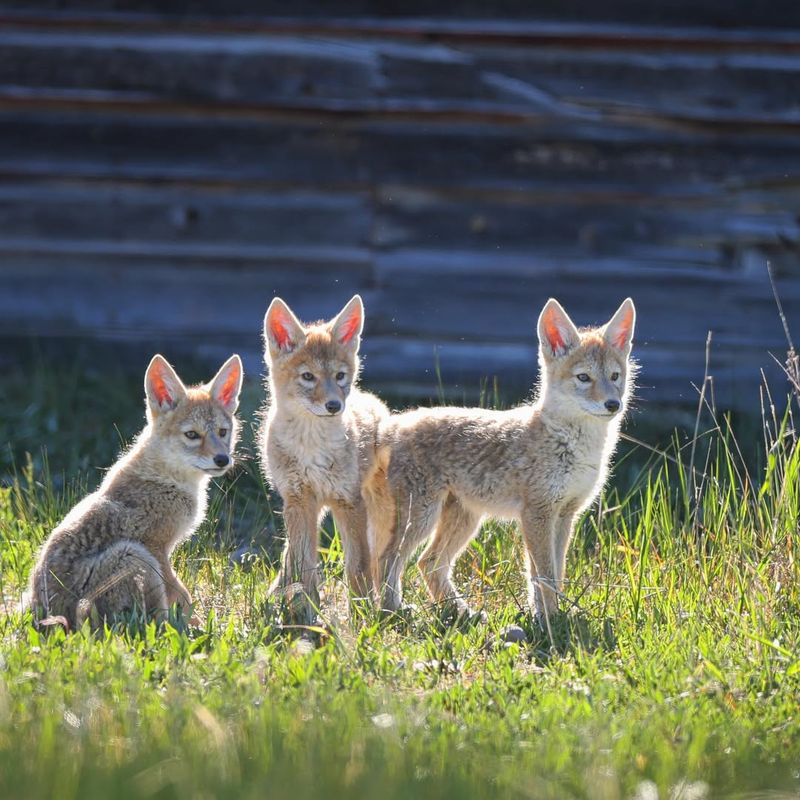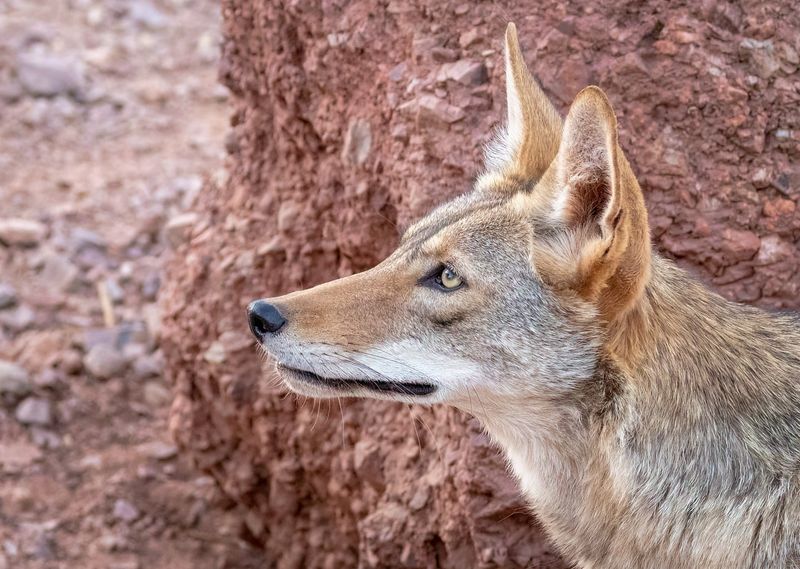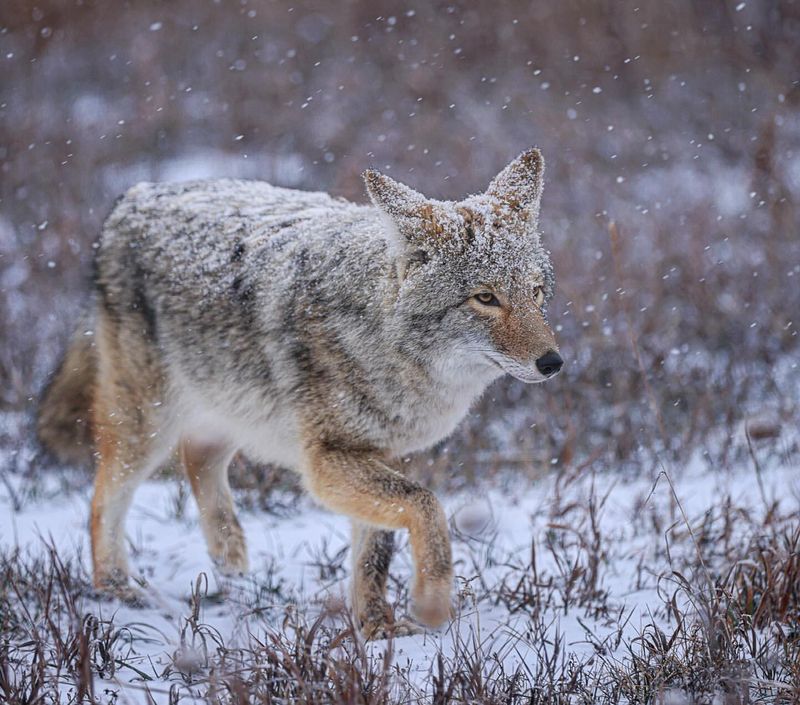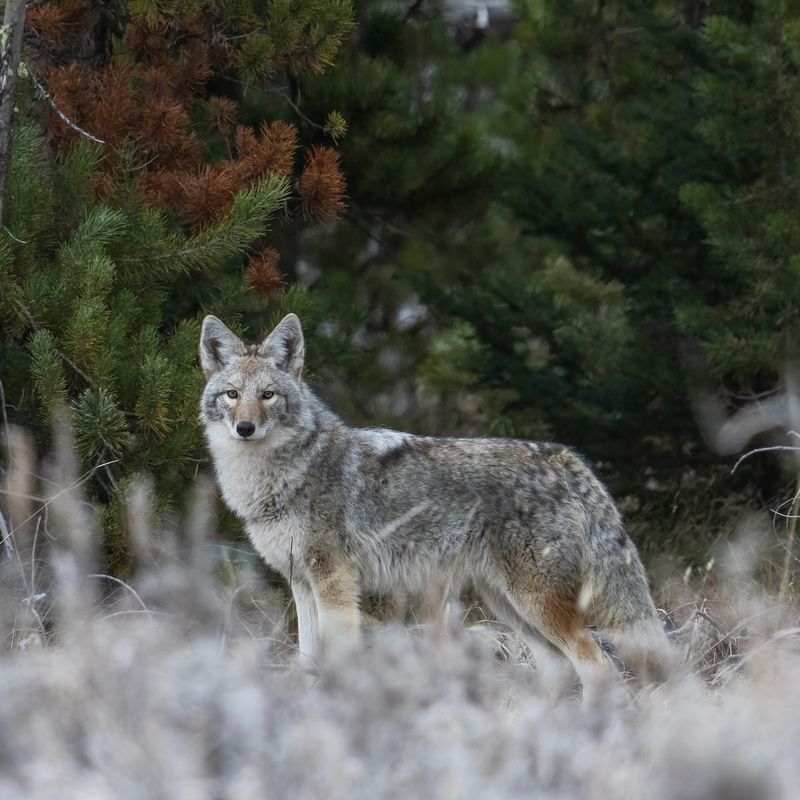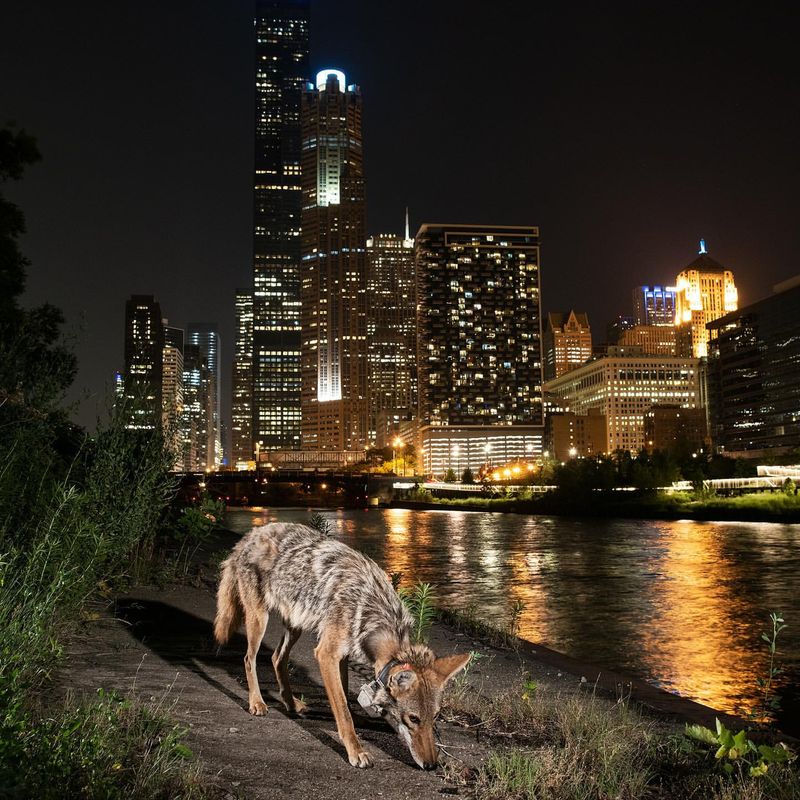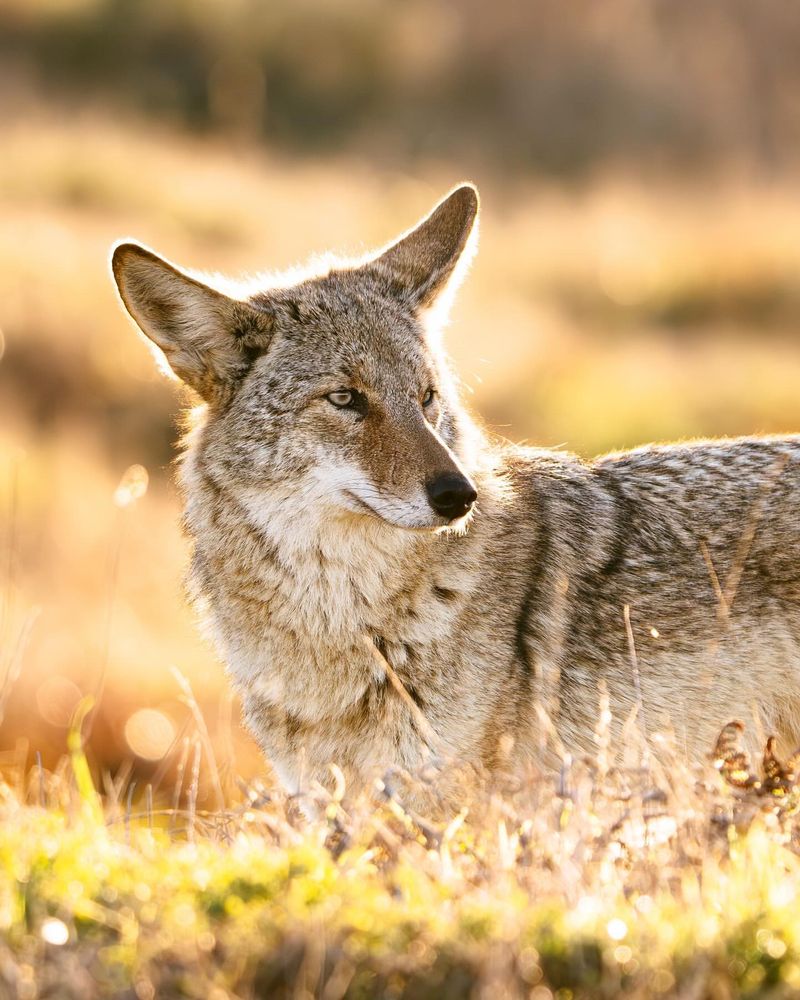📖 Table of Content:
- 1. Coyote Adaptability
- 2. Social Structure and Communication
- 3. Coyote Diet
- 4. Coyote and Human Interactions
- 5. Coyote Reproduction and Lifespan
- 6. Coyote Migration Patterns
- 7. Ecological Role of Coyotes
- 8. Coyote Mythology and Cultural Significance
- 9. Coyote Challenges and Threats
- 10. Coyotes in Popular Media
Coyotes are more than just the howling backdrop of a moonlit desert—they’re fascinating, adaptable creatures with a knack for thriving in almost any environment.
Whether you live in the suburbs, the countryside, or even the heart of a bustling city, there’s a good chance a coyote has passed through your neighborhood. But how much do you really know about these wild canines?
From their surprising family dynamics to their resourceful hunting strategies, coyotes are full of quirks and behaviors that make them a key part of our ecosystems—and occasionally a challenge for humans to coexist with.
Here, we’ll dive into 10 important facts about coyotes that will give you a deeper appreciation for these resilient animals and help you better understand how to live harmoniously alongside them.
1. Coyote Adaptability
Coyotes are incredibly adaptable animals capable of thriving in diverse environments. From urban landscapes to rural areas, they manage to survive and often thrive.
This adaptability is partly due to their varied diet. Coyotes will eat almost anything they can find, including small mammals, fruits, and even garbage. This opportunistic feeding behavior allows them to adjust to available resources.
Moreover, coyotes are excellent at navigating human-populated areas. They often travel along trails, roads, and even use culverts for safe passage. This skill helps reduce conflicts with humans while maintaining their presence.
Coyotes’ adaptability extends to their social structure as well. They can live in family groups or alone, which makes them versatile in different ecological scenarios. Understanding their adaptability can help us coexist with coyotes more peacefully, mitigating potential conflicts.
2. Social Structure and Communication
They typically live in family units that consist of a breeding pair and their offspring. However, they can also be solitary or form loosely knit packs with other coyotes. Their social flexibility is a key to their survival in various environments.
Communication among coyotes is sophisticated and includes vocalizations like howls, yips, and barks. These sounds serve not only to communicate with other coyotes but also to establish territory and prevent conflicts. Coyotes also use body language and scent marking as part of their communication toolkit.
Understanding coyote communication can help humans interpret their behavior, reducing misunderstandings and fostering better coexistence. By recognizing their calls and respecting their territories, we can coexist more harmoniously with these intelligent animals.
3. Coyote Diet
As omnivores, they eat a mix of animal and plant-based foods. Small mammals like rabbits and rodents form a significant part of their diet, but they also consume birds, insects, and carrion when available.
This carnivorous aspect of their diet is complemented by their consumption of fruits, berries, and other plant materials.
Coyotes are also scavengers and can sometimes be found feeding on garbage or pet food left outdoors, especially in urban areas. This opportunistic feeding behavior often leads to conflicts with humans.
4. Coyote and Human Interactions
Coyotes have increasingly become part of suburban and urban landscapes, leading to more frequent interactions with humans. These encounters can be both fascinating and challenging. Coyotes are naturally wary of humans, often avoiding direct contact.
However, as urban areas expand, their presence becomes more noticeable.
Human-coyote interactions are often driven by food availability. Coyotes may be drawn to neighborhoods by accessible garbage, pet food, or even small pets left unattended.
By understanding these dynamics, communities can implement measures to reduce conflicts, such as securing trash and supervising pets when outside.
5. Coyote Reproduction and Lifespan
The gestation period for coyotes lasts about 63 days, resulting in the birth of pups in the spring. Litter sizes can range from four to seven pups, depending on environmental conditions and food availability.
The family unit is crucial during the early stages of a pup’s life, as both parents are involved in feeding and protecting the young. Pups are weaned at around five to seven weeks and begin learning essential survival skills from their parents soon after.
This nurturing family environment aids in high survival rates for the offspring.
Coyotes typically live between 10 to 14 years in the wild, although few reach this age due to various threats, including predation and human-related factors. Understanding their reproductive habits can contribute to better management and conservation efforts.
6. Coyote Migration Patterns
Unlike some other species, coyotes don’t migrate long distances in a traditional sense but may expand their range in search of food and suitable habitats.
This behavior is particularly notable in younger coyotes seeking to establish new territory.
Migration for coyotes often involves short-distance movements, allowing them to adapt quickly to changing environments. These movements help them avoid competition and make them highly resilient to environmental changes.
7. Ecological Role of Coyotes
Coyotes play a vital role in maintaining ecological balance within their habitats. As predators, they help control populations of small mammals, such as rodents and rabbits, which can become pests if left unchecked.
This predatory behavior contributes to the health of the ecosystem by preventing overpopulation and maintaining species diversity.
In addition to predation, coyotes are scavengers, cleaning up carrion and preventing the spread of diseases. This behavior supports nutrient recycling and helps maintain a balanced food web.
Coyotes also compete with other predators, like foxes and bobcats, influencing their behavior and population dynamics.
8. Coyote Mythology and Cultural Significance
Coyotes hold a significant place in mythology and culture, particularly among Native American tribes. Often depicted as a trickster or a symbolic figure, the coyote represents both cunning and survival.
These stories reflect the complexity and adaptability of coyotes, highlighting their role in nature and human imagination.
In many tales, the coyote is portrayed as a creator or a hero, capturing the respect and intrigue these animals inspire. Such narratives contribute to the cultural richness and diverse interpretations of coyotes across different societies.
Understanding the cultural significance of coyotes can enrich our view of these animals, bridging the gap between human perspectives and natural behaviors.
9. Coyote Challenges and Threats
Urbanization leads to habitat loss, reducing the natural spaces available for coyotes to hunt and live. This encroachment forces coyotes to adapt to human environments, often resulting in conflicts.
Roads and vehicles pose significant dangers, as vehicle collisions are a common cause of mortality among urban coyotes. Additionally, human perception and fear can lead to lethal control measures, further threatening coyote populations.
To address these challenges, communities can implement non-lethal management strategies that focus on coexistence and education.
10. Coyotes in Popular Media
Coyotes have made their mark in popular media, often portrayed in cartoons, films, and literature. These representations vary widely, from the clever trickster in cartoons to symbols of the wild in films.
Such portrayals influence public perception, both positively and negatively, shaping how people understand and interact with coyotes in real life.
In literature, coyotes are often used as symbols of wilderness and freedom, capturing the imagination of audiences. This media presence highlights the complex relationship humans have with these creatures, reflecting both admiration and misunderstanding.
